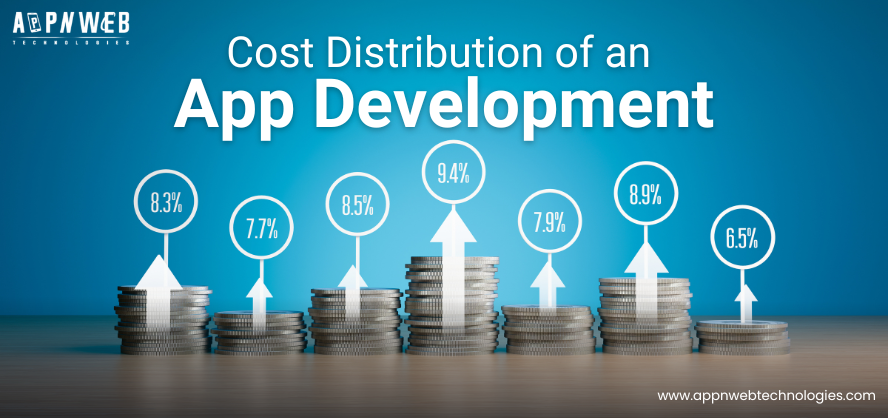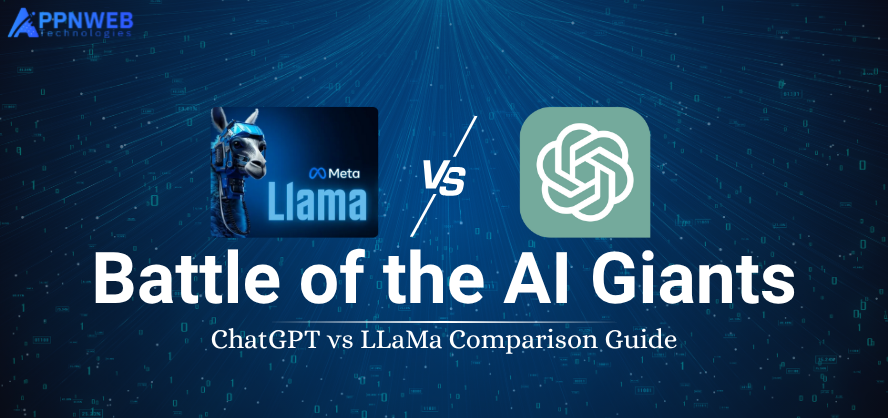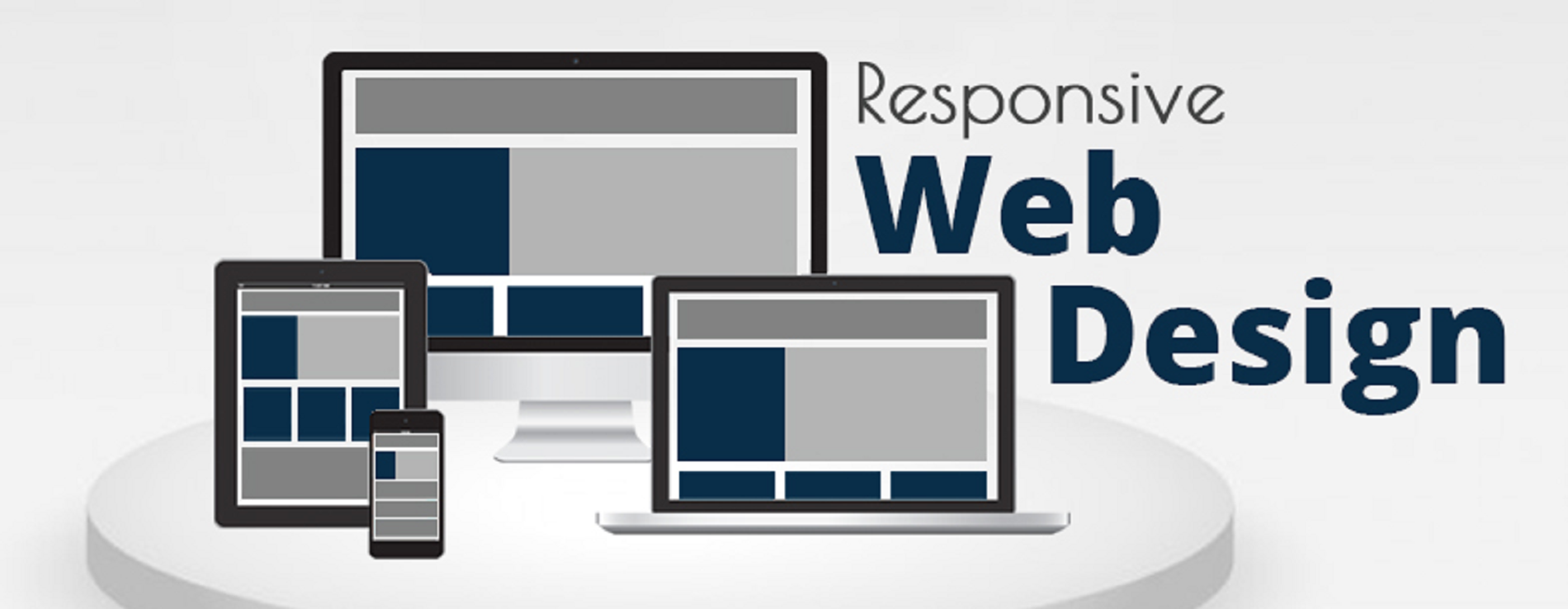If you’re considering bringing an app idea to life, one of your first questions is likely: Yeah, you know, how much is this going to cost? Getting an app built is never a cheap affair, and knowing what determines the cost can guide you on how to spend your money to get the best results out of the project. For anyone, an aspiring entrepreneur creating a new business, or a company setting out to continue growing its enterprise, knowledge of the complexities of the app development costs is crucial.
Major Cost drivers in Mobile App Development

There are a number of factors that go into the price of an application and these factors include the following; Every one of those variables can slash the overall cost, but more importantly, you will have all the relevant information before making your choice.
1. Scope of the App
Just like with most things in life, not all apps that you will come across are the same. The difference between the simplicity or otherwise, or the size of your app will be core to cost consideration. Here’s a general breakdown:
Simple Apps: Simple apps such as a calculator or a simple information application are the cheapest in the market. They normally entail a short time for development.
Moderate Apps: These are apps that do user authentication, a few simple integrations such as social media buttons and good, standard UI/UX design.
Complex Apps: I am referring to apps such as Uber, Amazon or Instagram as these app are among the most used in today’s society. Real time data, payment gateway and custom APIs put further enhancements in both time and costs.
2. Platforms
Are you working on iOS, or Android, or both? A single-Platform App is often cheaper to invest in as compared to a cross-Platform app. Nevertheless, there are cross-platform development tools which can greatly decrease costs while not sacrificing quality: Flutter and React Native.
3. Features and Functionalities
Complexity of the features in the app determines the cost of the app in question; the higher the features, the higher the cost. For instance:
Basic features: Things like registering, signing up for push notifications, or simple products within an application.
Advanced features: The features — probably free-form comics in augmented reality (AR), personalized AI-driven suggestions, or direct connections to third parties.
4. Design Complexity
Great design is optional, barely, if you don’t wish for your app to be overshadowed by other similar apps. But, as it has been said, investing into detailed intricate, pretty UI/UX design isn’t cheap. When it comes to user satisfaction and engagement some designs such as animations, custom icons, and personalised paths to user’s journeys may take longer to develop but they definitely pay off.
5. Development Team
Who you hire impacts costs significantly:
Freelancers: Low cost but potentially a limited range and insufficient representation of groups.
In-house team: Has a better quality but relatively expensive due to other expenses involved to the suppliers.
Outsourcing: Reliable – cost-effective and effective to scale at lower costs – when employing development agencies or teams in low-paid areas.
6. Location of Developers
Developer rates differ widely across different geographic areas. For instance:
North America: $100–$200/hour.
Eastern Europe: $30–$75/hour.
South Asia: $20–$50/hour.
Cost Distribution of an App Development

1. Planning and Research
But before coding starts, it will be important for you to spend a lot of time both in planning as well as research work. In this phase there is designing of market niches, identification of users, and building up of specifications. Mission of this aspect can result in expensive corrections in the future. This stage should cost around $5,000 -$10,000 for a small to medium-sized project.
2. Design
They include wire framing, prototyping and graphic design or the arrangement of visual elements in the website. Designing is not all about pleasing to the eye, but it is about functionality and even the image a company wants to portray. The design can cost anything from $5,000 to $25,000 depending on the application type.
3. Development
The biggest proportions of the budget go to the development phase. Here’s how it’s typically broken down:
Backend Development: There is a need to begin app development, 'the structure and the base'.
Frontend Development: Designing the bits that are traditionally seen by users of a particular app.
Cost of development can be as low as $10,000 for an application with a minimum functionality and reach $150,000 and more for the opposite.
4. Testing and QA
There is nothing more irritating than an app that has a lot of bugs and slows down your device and your settings make sure your app works as expected and expected by a user. QA is often said to represent a project cost of between 15 and 20 percent.
5. Post-launch Support
That simply isn’t the case since the job doesn’t end when the website goes live. Maintenance, corrections of faults, and improvement, are recurrent costs. Each year, plan to spend 15% to 20% of the cost of developing your app for its maintenance.
Price Distribution for Various Categories of Apps
Here’s a quick guide to help you estimate costs based on the type of app:
Basic Apps: $5000-$15000 (e.g., application with no connectivity).
Medium Complexity Apps: $20000 to $100000 (such as applications related to e-commerce, social networking etc.).
Complex Apps: >$100,000+ (e.g., tools that are used at the enterprise level or applications that need machine learning).
Conclusion
Generalizing app development costs entail more than just putting an arithmetic to it. It is about their desire and their wallet and having goals and objectives that you want to achieve. Each stage in the process must be given close attention to guarantee the success of your app from design to the day you release it to the market, and even after then.
For those willing to start their app journey, but still foggy about the costs, seeking consultants to provide an individual quote is always beneficial. The good news is that with proper planning and the right tool, your app is well on its way to turning into the next big phenomena even if you are not born with a silver spoon in your mouth.
Thanks for reading!
Have a project in mind? Schedule a free consultation today.
Get StartedNeed Expert Development Services?
You have spent quite some time on this page while seeking a suitable technology partner.



















 Hire Craft CMS Developers
Hire Craft CMS Developers
 Hire Flutter Developers
Hire Flutter Developers
 Hire Blockchain Developer
Hire Blockchain Developer
 Hire WordPress Developer
Hire WordPress Developer
 Hire Magento Developer
Hire Magento Developer
 Hire Laravel Developers
Hire Laravel Developers
 Hire SaaS Developers
Hire SaaS Developers
 Hire Shopify Developer
Hire Shopify Developer
 Hire the Best Android Developer
Hire the Best Android Developer
 Hire PHP Developer
Hire PHP Developer
 Hire the Top 3% of Java Developers
Hire the Top 3% of Java Developers
 Hire Fully Vetted Angular Developers
Hire Fully Vetted Angular Developers
 Hire ReactJS Developers in India
Hire ReactJS Developers in India
 Hire iOS Developers in India
Hire iOS Developers in India
 Hire React Native Developers
Hire React Native Developers
 Hire Python Developers
Hire Python Developers
















































































